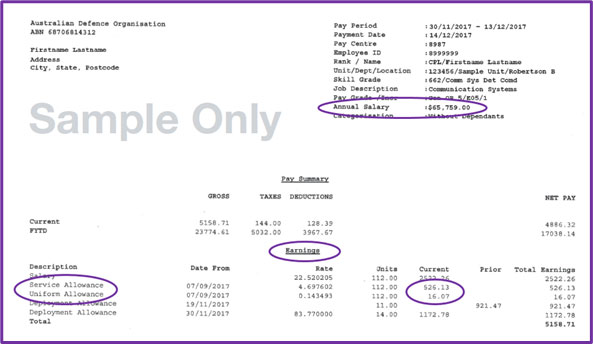INVESTING
Thinking about investing? Investing is a way to accumulate wealth and save for longer-term financial goals. Here’s some tips to get you started.
Before you invest
Before putting money into any investment, you should be in a comfortable financial position, and able to answer a few basic questions:
Starting point
Before allocating cash to an investment, make sure you have:
- Repaid all short-term high-interest debt
- Kept some emergency funds in a savings or mortgage offset account
- Insured all your possessions you can’t afford to lose
- If you have a pet, consider pet insurance or increasing your emergency fund
How do you get money into the investment?
- Do you need the services of a broker or investment adviser?
- Do you need a share broking account?
- How do you put money into a direct investment?
- Can you add to the investment?
How will your money be used?
- This may be obvious for investments such as residential property, but perhaps not so obvious if you investing in a company or managed investment
- If you are investing in a specific company, what are they planning to do with your money?
- If you are buying into a managed fund or exchange traded fund (ETF), what is the fund doing with your money?
How long are you investing for?
- Investments in share and property markets are better suited to longer-term goals because markets can be volatile in the short term
- How will you feel if the value of your investment goes backwards?
- Is the timing of your goal flexible?
How easy is it to get your money out?
- Is there a minimum investment period?
- What is the expected timeframe for getting you money out?
- Is it possible to sell part of the investment? For example, you want to take profits from one investment and use them to buy into something different
What are the costs?
- What are the upfront costs?
- What are the ongoing costs?
- Does it cost you to cash out part or all of the investment?
- If there is a minimum investment period, can you get your money out early, and if yes, what are the penalties?
Investment types
The investment you choose might be determined by how long your money will be invested, your willingness to take on risk for potential higher returns, and your personal preferences. Here’s what you need to know.







